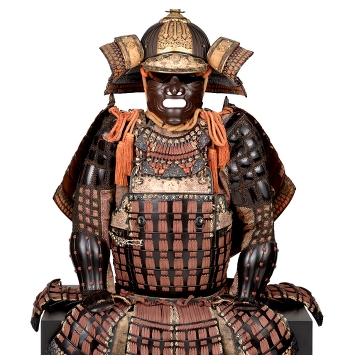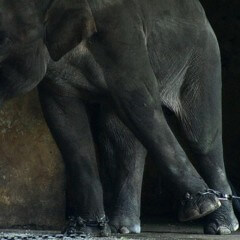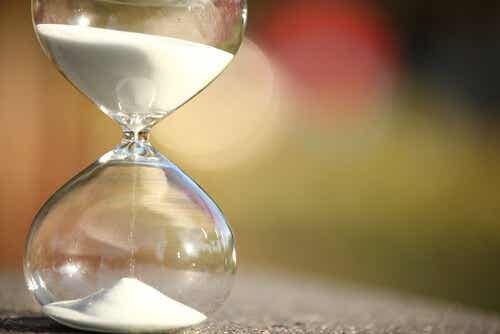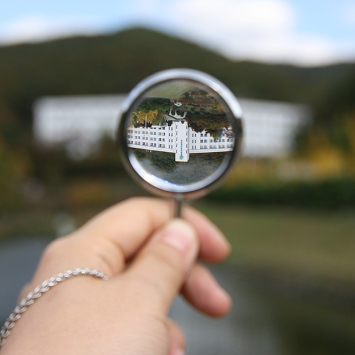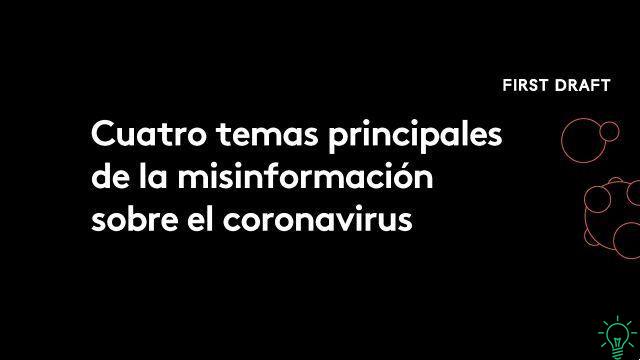
The illustration shows the mechanism of infection of the Coronavirus, let's see together how.
A colorful three-dimensional interpretation of a spiky ball has spread around the world faster than the virus itself. The image, used by all the world's media, was created by Alissa Eckert, a medical illustrator from the United States.
“The image was initially designed to be intended for the public. However, it also helps researchers to differentiate the coronavirus from other viruses and show the most relevant information."
Alisa Eckert
Viruses like COVID-19 are technically not living organisms and cannot reproduce independently, but they must necessarily invade the cells of an animal's body (including humans), making them sick. The host cells are then "hacked" and begin to reproduce the virus. The infected patient can be sick for two reasons: the virus can alter the normal functions of our cells to the point of destroying them, and our immune system can go into action causing symptoms such as fever in an attempt to destroy the virus with heat.
Related: How to Boost Your Immune Defenses and Get Sick Less
The 3D image of the Coronavirus uses bright colors that are not the real ones of the virus, but it allows to distinguish the various characteristics of the "appendages" of the virus, as the following image reveals:
- gray surface: it is a spherical container that surrounds the nucleus of the virus where the genetic material resides.
- Yellow dots: they are envelope proteins and are the smallest structural proteins of the coronavirus. They play an important role in the regulation of virus replication, such as entry into the host cell, replication, and subsequent release.
- orange dots: they are membrane proteins ("Membrane Proteins") and are the most abundant proteins of the coronavirus, which they shape.
- Red bumps: are the protein aggregates that characterize all types of coronaviruses. They allow the virus to enter the host cell by fusing with its cell membrane.
According to the researchers, the bumps from the COVID-19 coronavirus are 10 to 20 times more likely to stick to human cells than those found in the SARS coronavirus in 2002. That's why the new coronavirus is so much more infectious than his predecessor.
“Working with the three-dimensional structure of the virus allows greater freedom of interaction/manipulation. One of the primary purposes of this benefit is to inform and educate the public, in hopes of limiting the spread of this disease and preserving public health."
Alisa Eckert
Scientists and researchers are using 3D models, genetic sequences, and any other tools at their disposal to study the virus and find a vaccine or cure.
They may be interested in:
- Amazon best sellers in times of coronavirus
- The meaning of colors in psychology: complete guide
- Coronavirus (COVID-19) Statistics: Age, Gender, Demographics, and Pre-Existing Conditions
- Wuhan doctors, exhausted from treating coronavirus patients, sleep on the floor (Photos)
- Psychology: not responding to messages, meaning and motivations
- 100 things to do in quarantine














